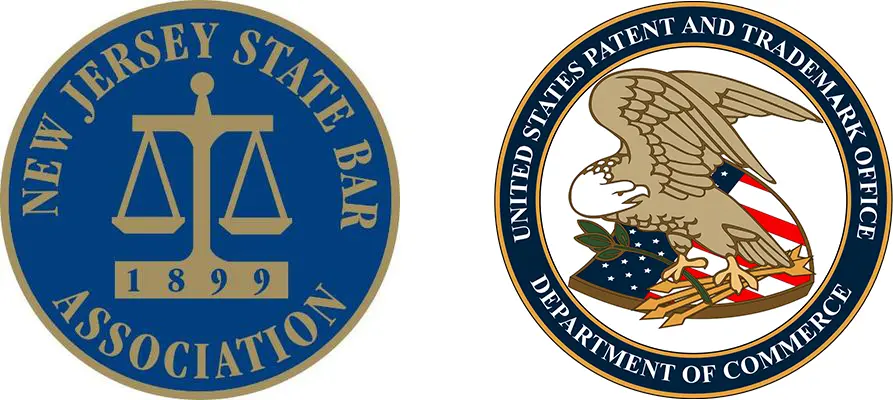Tripping over the On Sale Bar
November 23rd, 2014 by Thomas J GerminarioThe last thing a business needs is to invest heavily in obtaining a patent on a product, only to see the patent invalidated when they attempt to enforce it against an infringer. Because of a statutory provision commonly known as the “on sale bar”, this can happen if a business is not extremely careful about engaging in commercial transactions involving their new product prior to filing a patent application. And the task of avoiding the on sale bar has become even more problematic since the advent of the Leahy-Smith America Invents Act (AIA), which added language to the provision that is yet to be definitively interpreted by the courts.
Let’s first consider the pre-AIA version of the on sale bar, 35 USC §102(b), which applies to any US patent application filed before March 16, 2013. It bars patenting any invention that was “in public use or on sale in this country, more than one year prior to the date of application for patent in the United States.” As interpreted by the US Supreme Court, the pre-AIA on sale bar involves a two part test: (1) the invention must be the subject of a commercial offer for sale, and (2) the invention must be ready for patenting. Under Federal Circuit Court rulings, moreover, a commercial offer for sale sufficient to create an on sale bar can include sales between a supplier and a manufacturer. So if a US business has designed a new product and places a purchase order with its supplier for an initial production run, the one-year clock begins to run as of the date the purchase order is confirmed by the supplier. And this remains true even for a foreign supplier, as long as the product is delivered to the US.
With respect to the second prong of the pre-AIA on sale bar test, Federal Circuit decisions hold that an invention can be considered “ready for patenting” if it is either (a) reduced to practice, or (b) depicted in drawings and/or specifications sufficient to enable a skilled person to practice the invention. An invention is “reduced to practice” when a working prototype is made. Therefore, an initial production run of a product, no matter how small, will satisfy the test of being “ready of patenting”, unless the products are used only for experimental purposes.
For patent applications filed on or after March 16, 2013, the post-AIA version of the on sale bar, 35 USC §102(b) applies. The new provision bars patenting any invention which, more than one year prior to the effective filing date, was “in public use, on sale, or otherwise available to the public.” I have added italics to indicate the newly added phrase, which, as of this writing, the courts have yet to interpret. The problem is that the new language can either be read as expanding the class of events that will give rise to an on sale bar or constricting it. Although some commentators have suggested that the post-AIA on sale bar applies only to sales to the public, as opposed to sales from a supplier to a manufacturer, that reading cannot be assumed at this point.
Until the courts speak definitively on the scope of the post-AIA on sale bar, the best practice for businesses to follow is file a patent application, even if only a provisional one, before engaging in any type of commercial transaction that could be interpreted as a sale.

